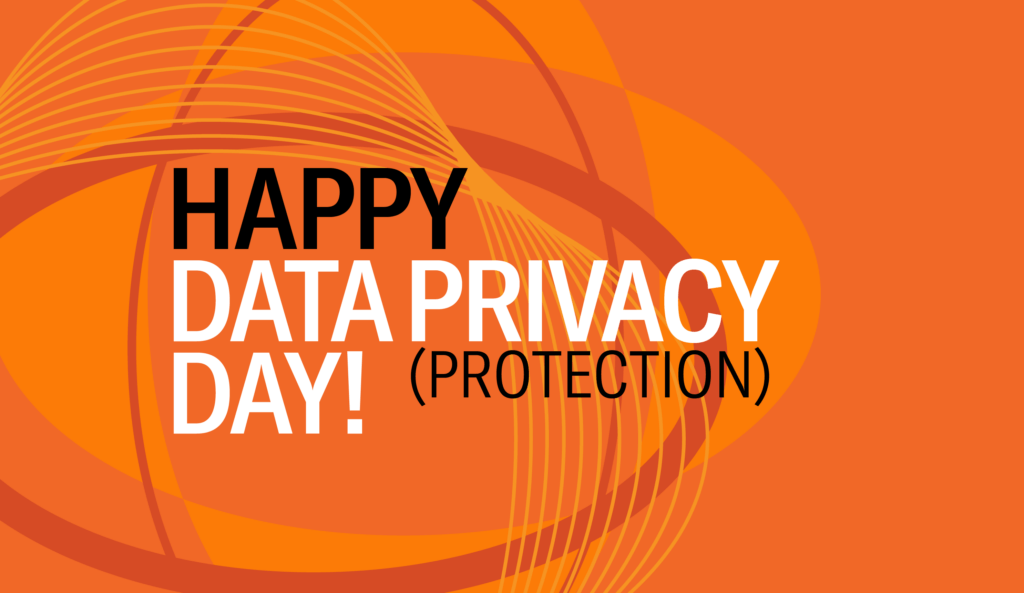Five Ways to Make Data Privacy Count for Your Brand

Andra Robinson Associate General Counsel, Airship

Share to my network
In this article
Categories
Book a meeting
Connect with our team of experts to discuss your conversion and loyalty goals, and how we can help you achieve them faster.
Get a demoJanuary 28 is internationally recognized as Data Privacy Day—or Data Protection Day in Europe. This day is focused on raising awareness and promoting privacy and data protection best practices. It encourages businesses and individuals to respect privacy and be mindful of the data they collect, store and share. It also serves as an important reminder that companies must take responsibility for their data practices.
As regulation increases the complexity of data privacy, companies must continually reconsider how their business models incorporate personal information from customers. Data privacy policy doesn’t have to be at odds with customer experience. Here are five ways a practical approach to data privacy can improve customer experience in a mobile-first world.
1. Be practical about the data you gather
The key here is to be thoughtful about what data you collect and whether you actually need it. Collecting unnecessary data, or not having a handle on where that data is going, can put you and your customers at risk. Consider how you will use the data, how long you will keep it, and how it will flow through your business or any vendors and partners you work with.
2. Be transparent and optimize the way you ask for data
When gathering any personal information about your customers, it’s important to be transparent about what you’re collecting and how you will use it. Communicate with clarity! Long-form privacy notices with confusing legal language create unnecessary barriers between brands and customers. They are also a growing area of regulatory scrutiny. Your customers should be able to quickly and easily access details about the data you’re collecting and the benefit you’re offering so they can make well-informed decisions about opting in or out.
3. Mind, don’t mine customers
Customer data forms the basis of any marketing strategy, but mining consumer information—as opposed to considering customer needs—is going out of style. As third-party data fades away, first- and zero-party data come to the fore. Brands must create digital relationships with their customers, and mobile apps are an ideal way to establish a reciprocal value exchange. Developing direct digital relationships with your customers can provide them with the personalized experiences they expect.
4. Understand how your vendors use data
It’s important that companies know who they’re sharing their customers’ personal information with—and how those vendors will use it and protect it. Any downstream incidents are shared responsibilities in the eyes of the public and regulators. Carefully review what data is being shared, why and how it is transferred, and security access and data retention measures in place to keep it safe.
5. Collaborate across teams on data privacy
Data privacy is no longer just an IT or legal concern. Every department in an organization should be involved in developing a comprehensive strategy around protecting customer data from misuse or theft. That means that everyone, from executives down, must collaborate to ensure maximum security across all points where customer information is stored or shared throughout your organization and tech stack.
Data Privacy Day serves as an important reminder for businesses everywhere that protecting customers’ personal information must always be a top priority. By utilizing these five tips, brands can not only mitigate risk, but grow advantage by enabling a trusted and mutually beneficial exchange with customers every day of the year.